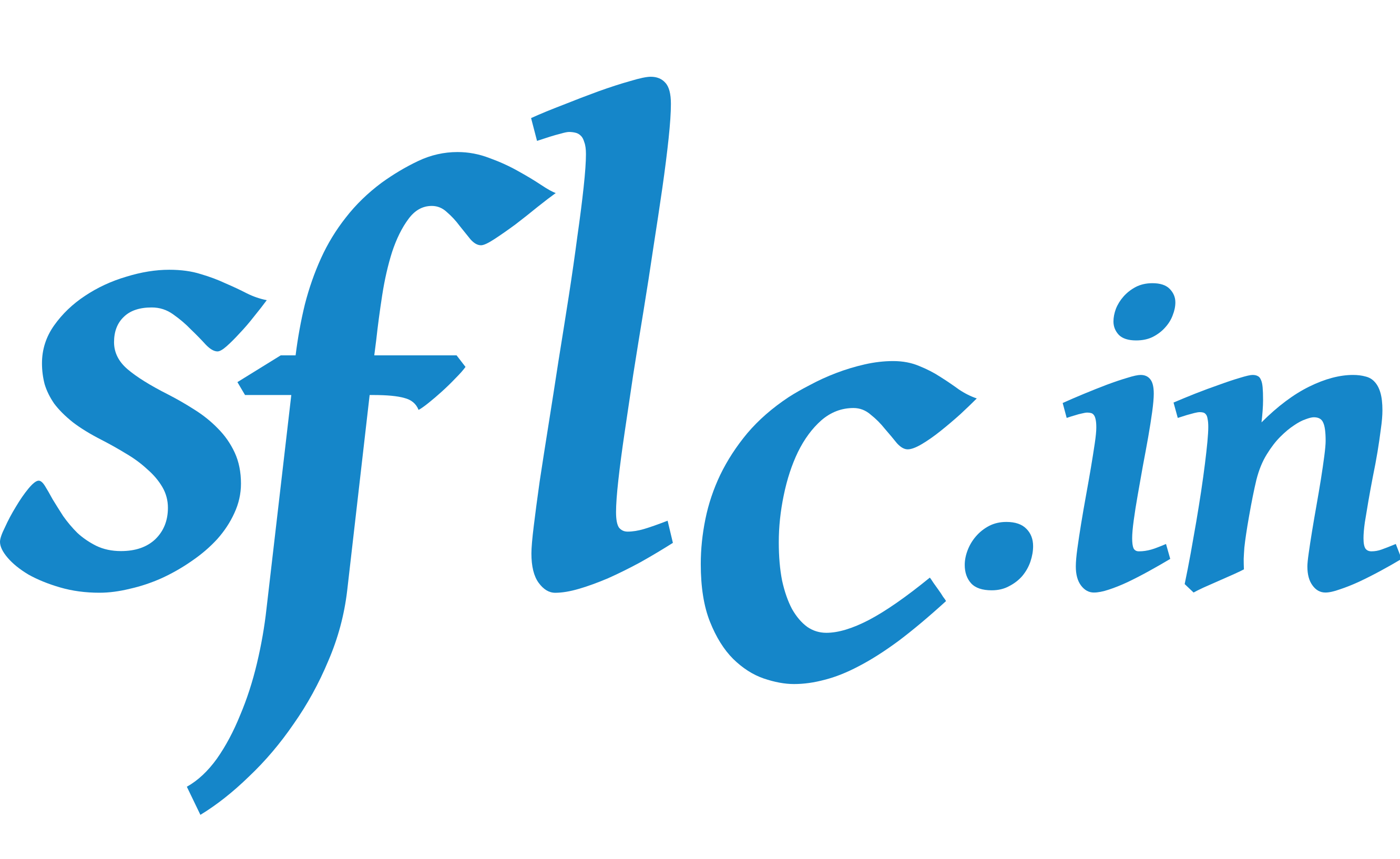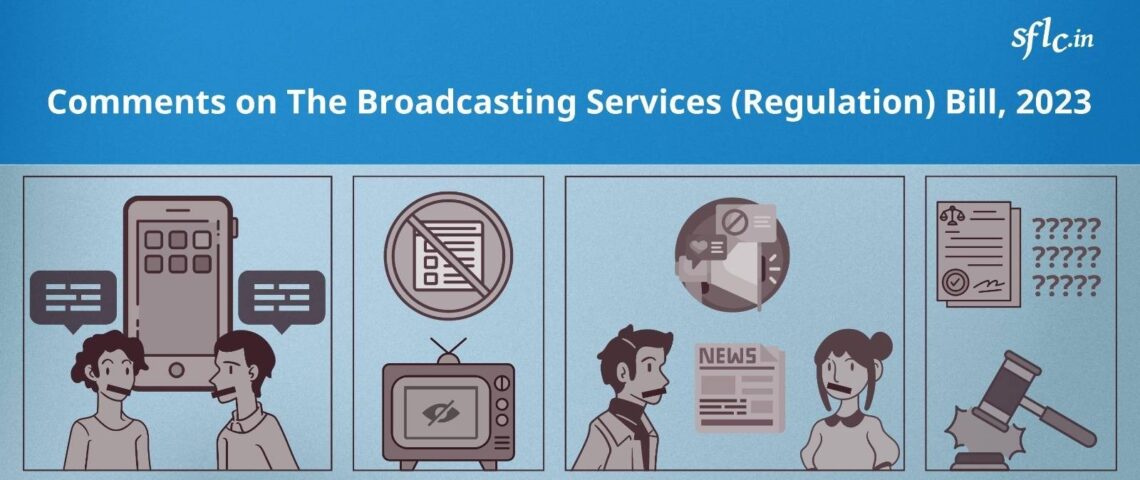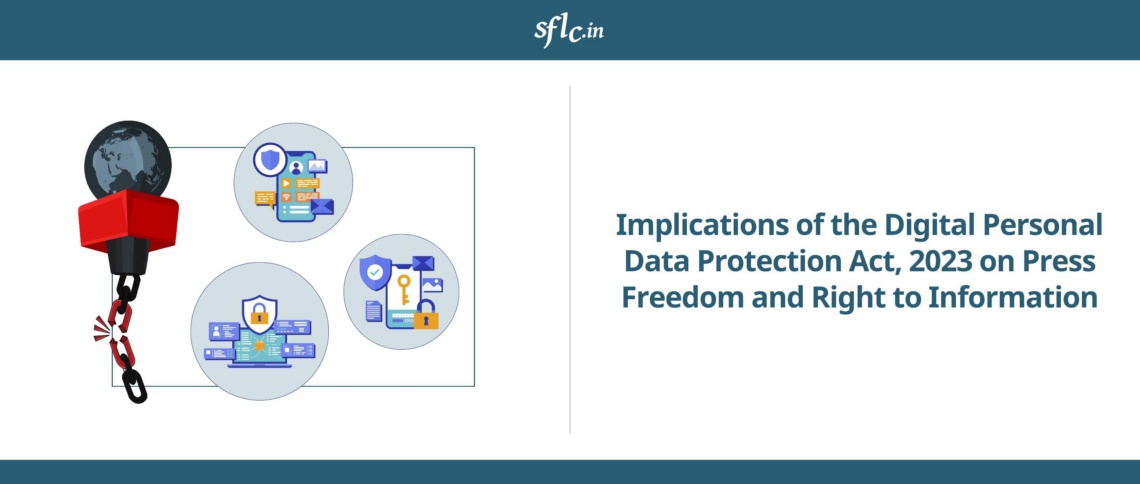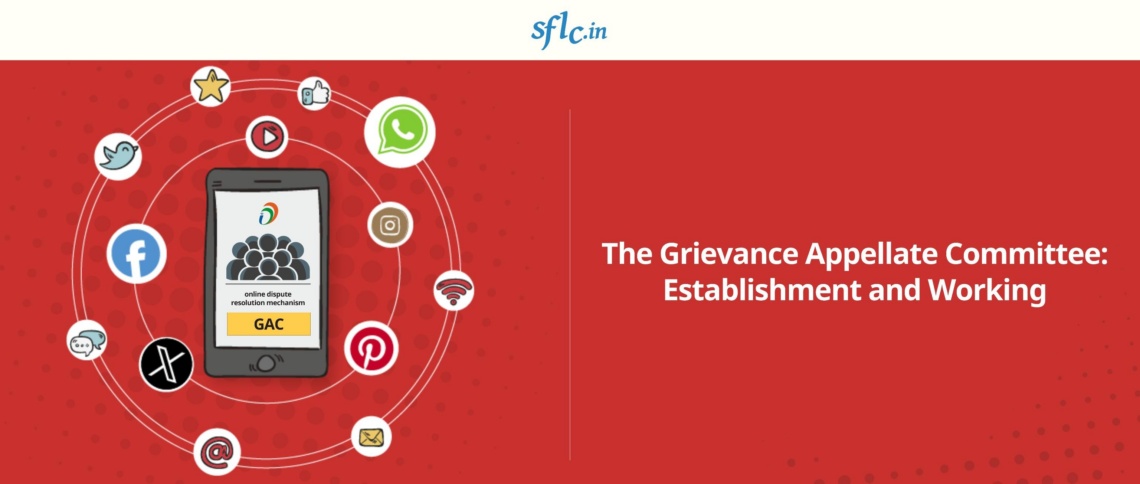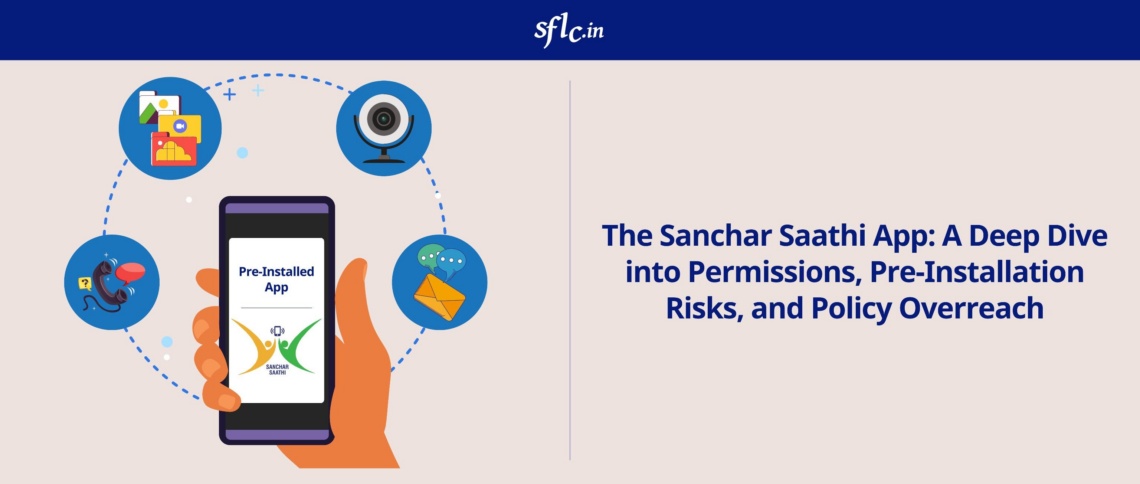On November 10, 2023, the Ministry of Information and Broadcasting released the draft Broadcasting Services (Regulation) Bill, 2023 (“the draft Bill” or “the Bill”). The draft Bill provides for a consolidated framework to regulate the broadcasting services in the country and seeks to replace the existing Cable Television Networks (Regulation) Act, 1995 and other Policy Guidelines currently governing the broadcasting sector in the country.
Why this Bill?
Regulating broadcasting services is important to grant citizens their right to enjoy these services and at the same time provide clarity for businesses on their duties. This Bill seeks to broaden its regulatory ambit by including Digital Media and OTT Platforms along with Cable TV, Direct-to-Home services, FM Radios, etc. including a huge diversity of platforms and technologies under a single regulatory framework. We thank the Ministry for providing us with the opportunity to share our comments and concerns regarding the draft Bill and this consultation process. We hope that the Ministry will take into consideration our concerns on the draft Bill and adhere to the highest levels of transparency during further stages of the legislative and consultation process.
Why should you be worried?
In its current form, the Bill can significantly impact access to various contents like media, news, etc. and affect the diversity of counter-views, freedom of speech and the ability of independent media to function without restrictions or influence.
- The Draft Bill will regulate not only independent journalists but also ‘individuals’.
By posting news and information on social media platforms, many individuals participate in citizen journalism. The bill prevents citizens from reporting on everyday issues thus, limiting access to news from the grassroots and a range of perspectives.
The capacity of independent bloggers, vloggers, or social media content makers to offer alternative viewpoints may be hampered by obstacles they encounter when trying to reach their audience and disseminate news or current events. Moreover, it also requires people to confirm and fact-check material before distributing it, which may be difficult for ordinary individuals who need more means or knowledge to do so successfully.
- Censorship fear of OTT Platforms-
The bill expands the regulatory framework to include over-the-top content that is streamed online such as Netflix, Prime Video, Sony Liv, YouTube, Zee 5, Disney plus Hotstar, and digital news outlets.
The bill suggests OTT platforms ought to develop their own content evaluation committees in order to self-regulate. However, there are issues with the government having the power to dictate these panels’ composition, procedures, and size (Clause 29). The government has considerable power over these organisations thanks to this regulatory system, which could result in censorship.
Per our reading of the Explanatory note preluding Chapter 5, the regulation seeks to authorise the government to forbid the broadcast of certain channels or programmes on the grounds that they are unclear or pertain to national security, integrity, sovereignty, public order, decency, or morality. The ambiguity in the wording of the said clause may restrict more than required, hence stifling free expression.
Last, regulatory uniformity across OTT and cable TV content may hinder the development and innovation of the online content sector. Due to rising administrative expenses, particularly with regard to multilingual content evaluation, such restrictions may restrict the creative freedom of a varied creator community and impede content production. Viewers actively choose the content they consume in the global online content marketplace. This autonomy implies that letting viewers make their own decisions is more in line with the democratic ideal of individual freedom than either government decree or content censorship.
- Erosion of independence of digital media-
Content Creators may fear that in order to avoid fines, they may modify their content to align with the State’s narrative, which may heavily stifle dissent Self-censorship could result from placing certain digital news providers under regulatory control.
The broad definition of “news and current affairs programmes” in the proposed Bill, includes events related to sociopolitical, economic, or cultural issues, maybe applicable to various content producers, such as independent journalists and news analysts on websites like YouTube. The manner in which the bill defines “programme,” even digital news websites may be included in this broad category.
- Lack of Clarity-
There are issues with the draft because of the way some of its provisions are framed. For instance, Clause 4(4) of the Bill states “The Central Government, may, for the fulfilment of such social objectives, as may be prescribed, allow registration or intimation as a broadcaster or broadcasting network operator.” Here, the phrase “social objectives” is unclear and has not been defined within the Bill. Similarly, Clause 16(2) states that “Any person providing an OTT broadcasting service in India, with such number of Indian subscribers or viewers as may be prescribed, shall, within a period of one month from the notification of this Act or its meeting the prescribed threshold, provide an intimation to the Government of its operations, in such form and manner as may be prescribed” (emphasis applied).
Similarly, Clause 36 of the draft contains ambiguous and broad wording that permits an authorised officer to forbid any cable, radio, terrestrial, or IPTV broadcasting network operator from airing programmes or channels that do not follow prescribed programme and advertisement codes or that may potentially incite disharmony based on religion, race, language, caste, or community, or any other factor, disrupting peace among various groups. This is done based on the authorised officer’s discretion in the public interest.
Furthermore, the government’s influence and possible censorship are raised by the authorised officers monitoring content compliance who are acting under government orders. Control techniques like these might affect viewers’ access to various content and freedom of expression.
Moreover, numerous particular aspects in the Broadcasting Bill are left up to future executive decision-making. The bill’s broad delegating of rule-making authority, accompanied by expressions such as “as may be prescribed” and “as notified by the Government,” leaves affected parties confused.
Last but not least, the Bill gives the government broad discretionary authority on multiple occasions without providing sufficient protections or details. A number of important clauses pertaining to registration procedures [Clause 7(2)], content requirements, broadcasters’ compliance [Clause 5(1)(a)], and Broadcast Advisory Council operations [Clause 27] are deemed unclear, raising concerns.
Despite criticisms of the draft bill, it is commendable that the Ministry intends to integrate Accessibility Guidelines into the Broadcasting Bill, aiming to enhance the accessibility of broadcasting services for persons with disabilities. Proposed measures such as the inclusion of sign language, audio descriptions, subtitles for videos, and the appointment of a disability grievance redressal officer, are notable steps towards inclusivity. When creating media regulations, striking a balance between safeguarding fundamental rights and regulating purpose is still crucial.
Read our detailed comments on The Broadcasting Services (Regulation) Bill, 2023 here.
